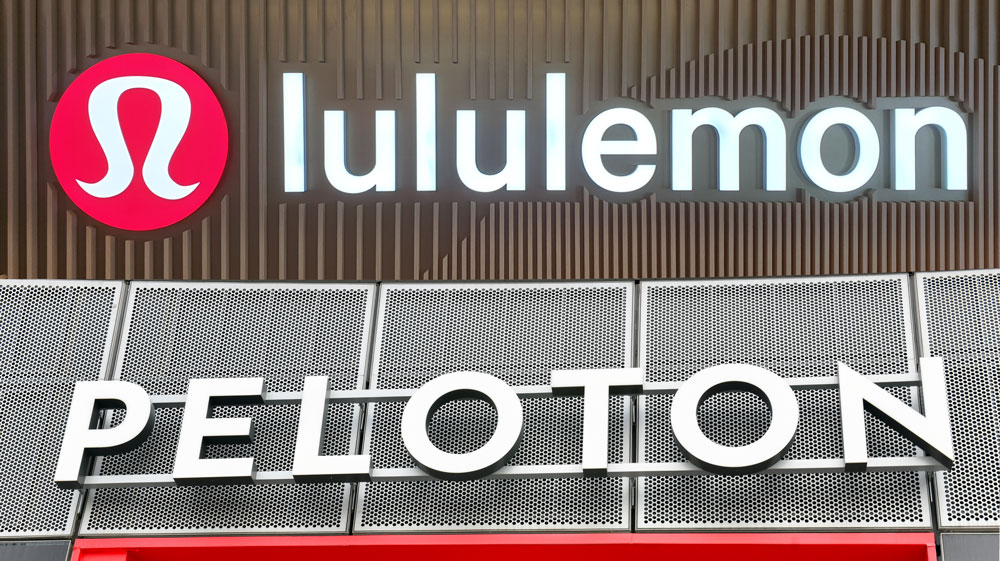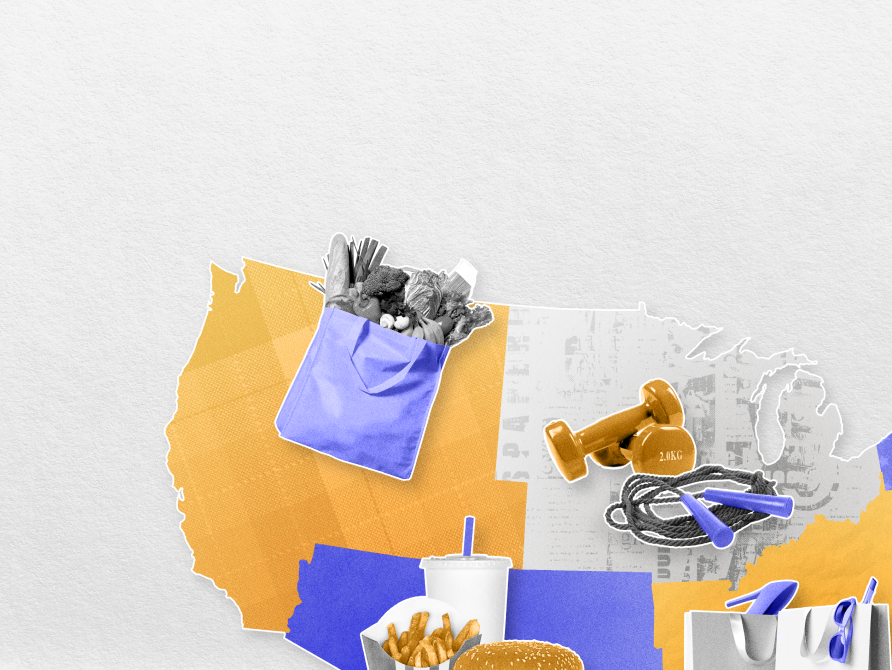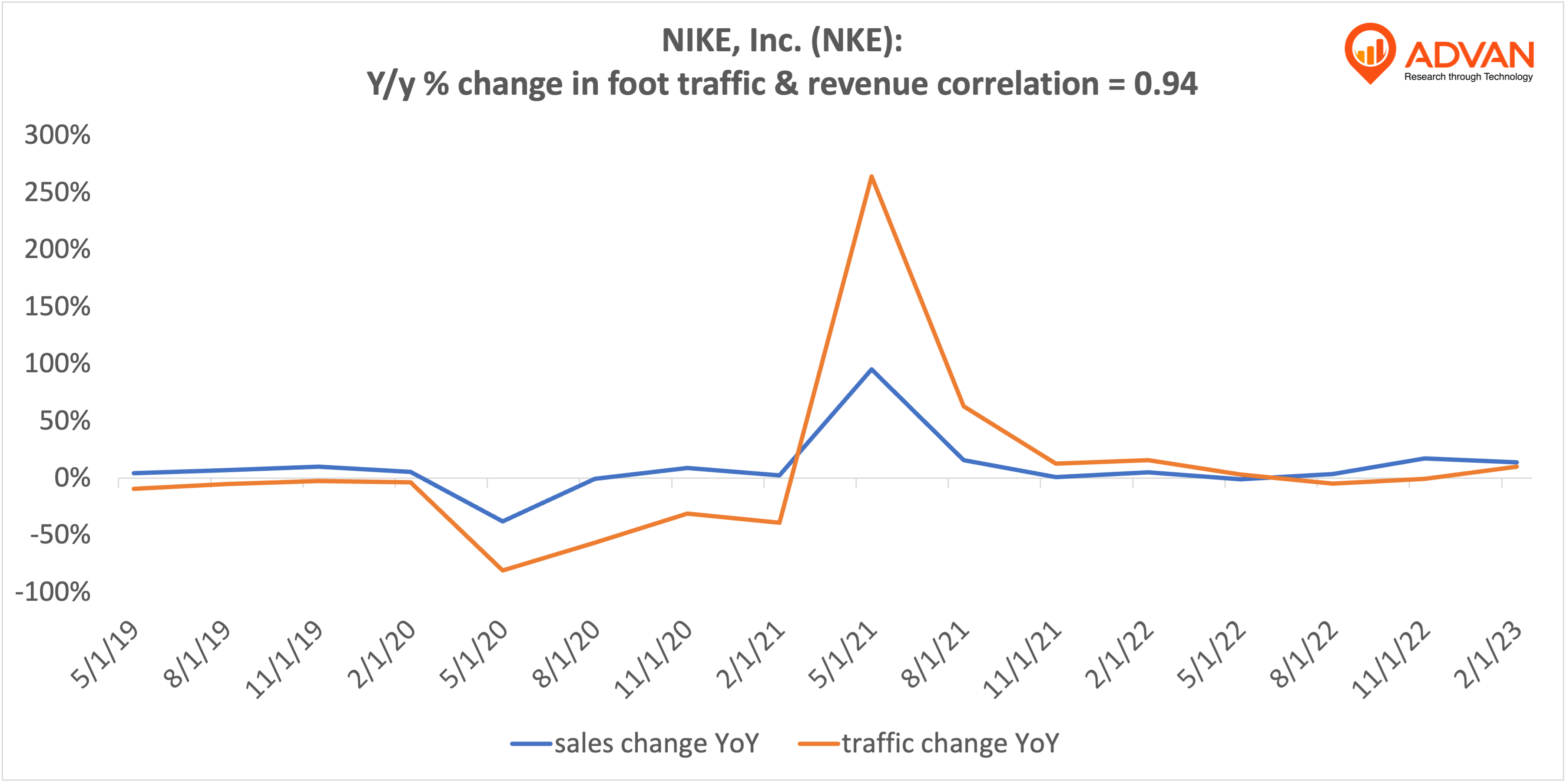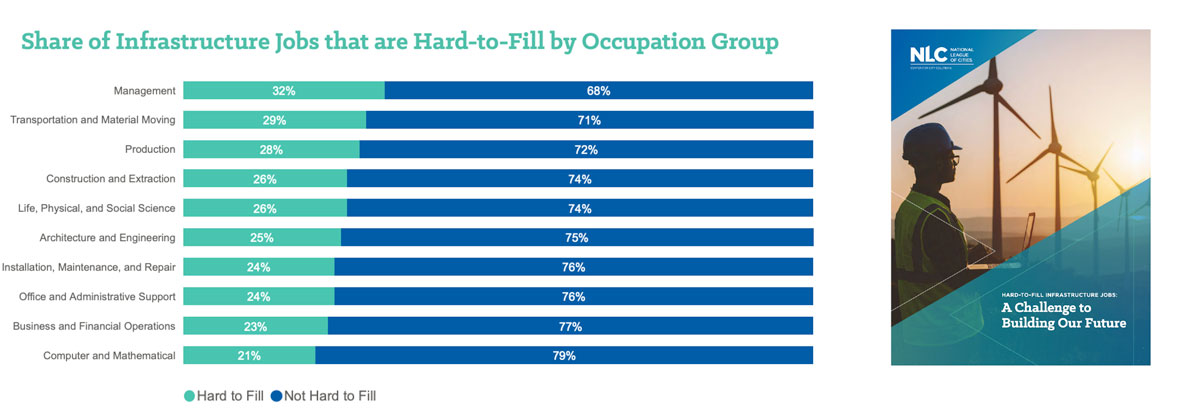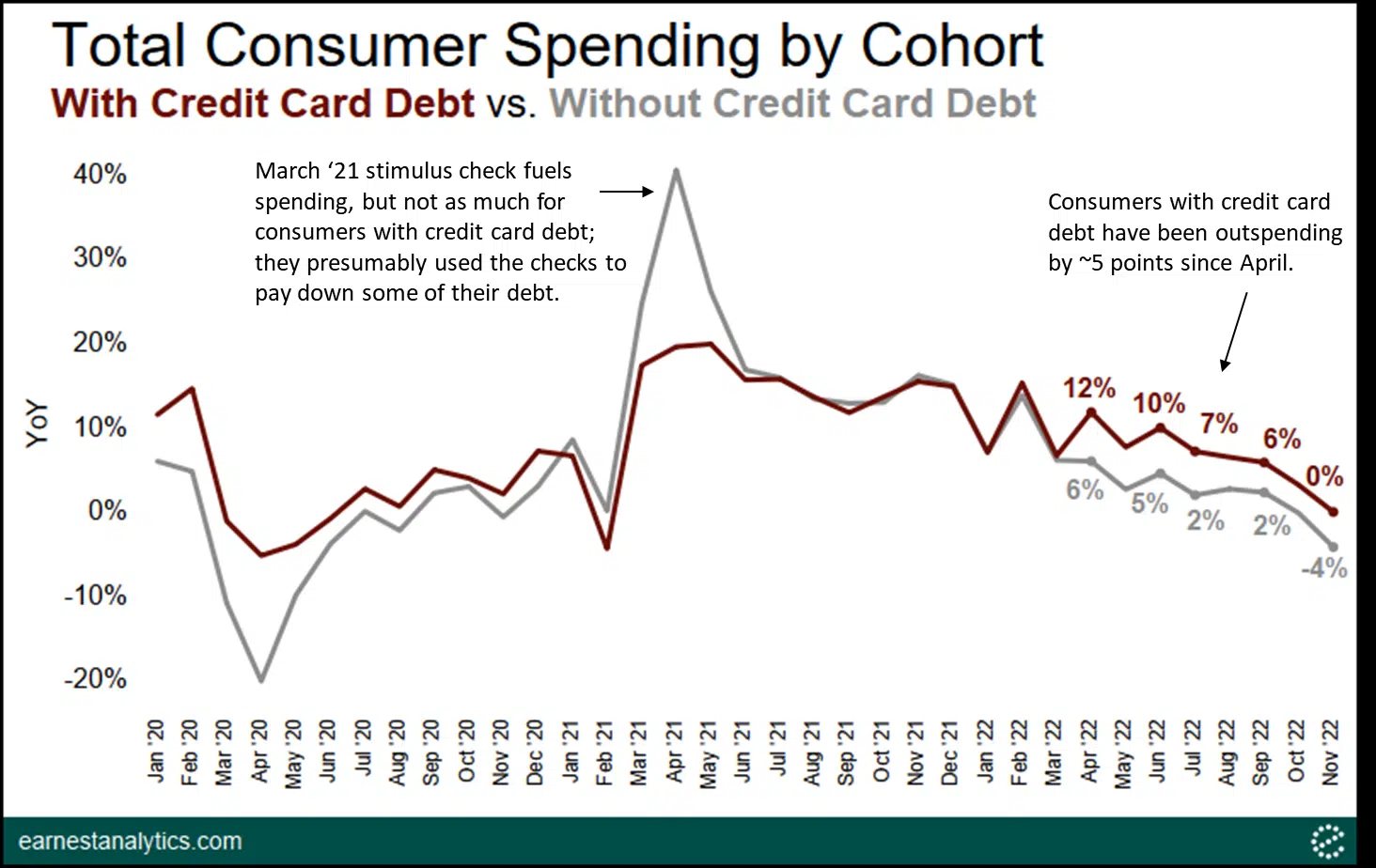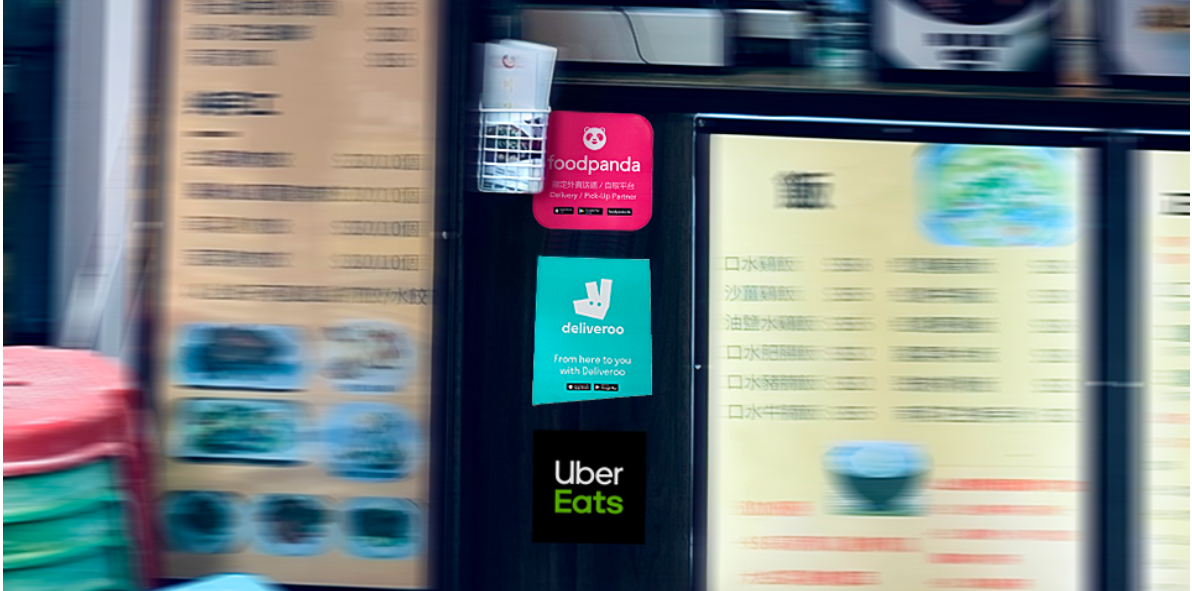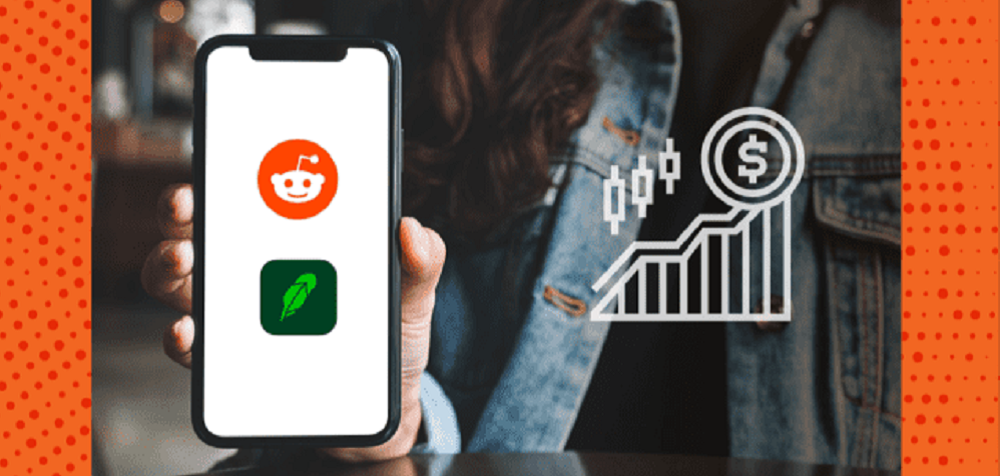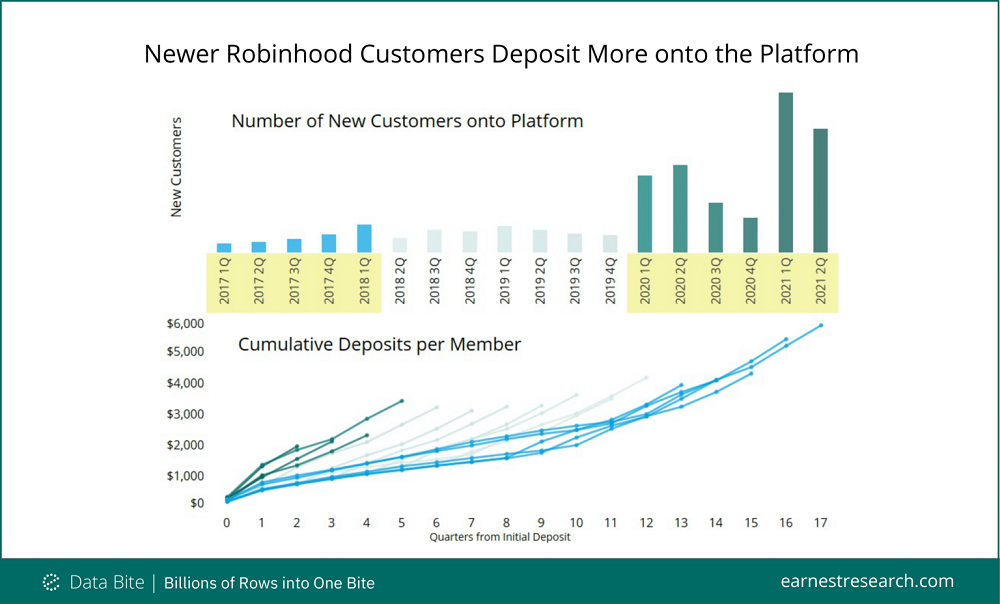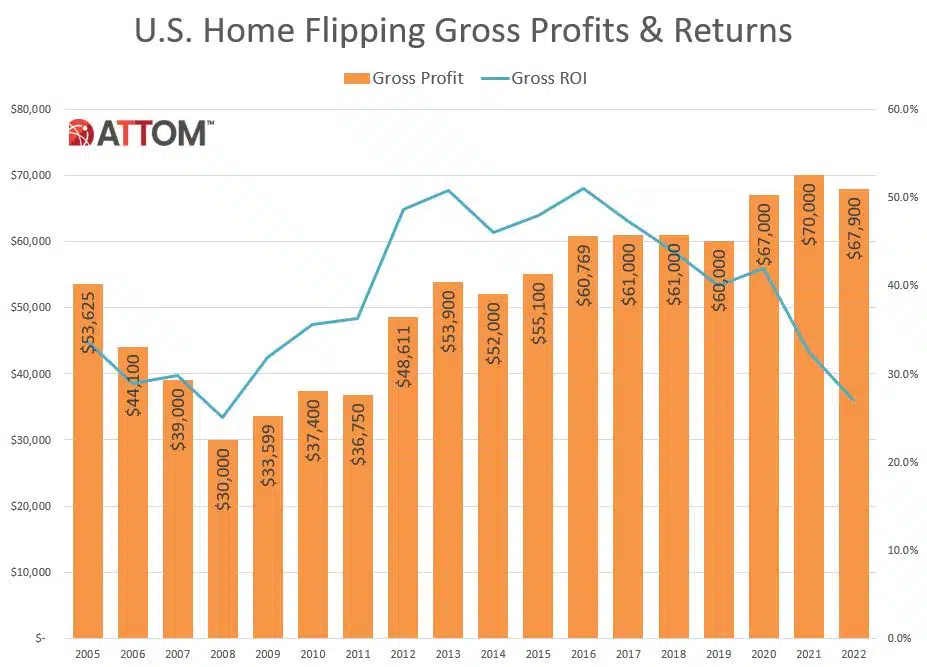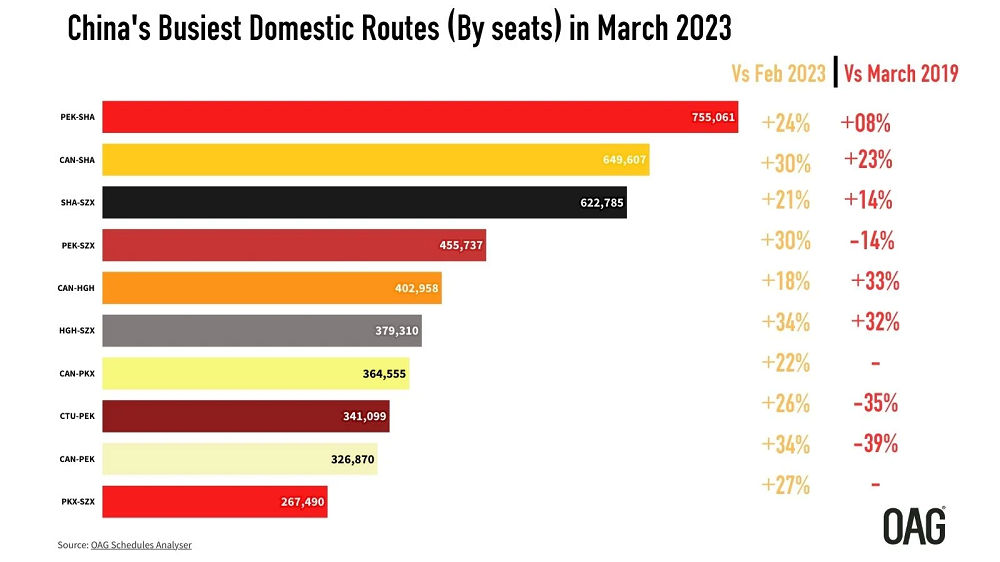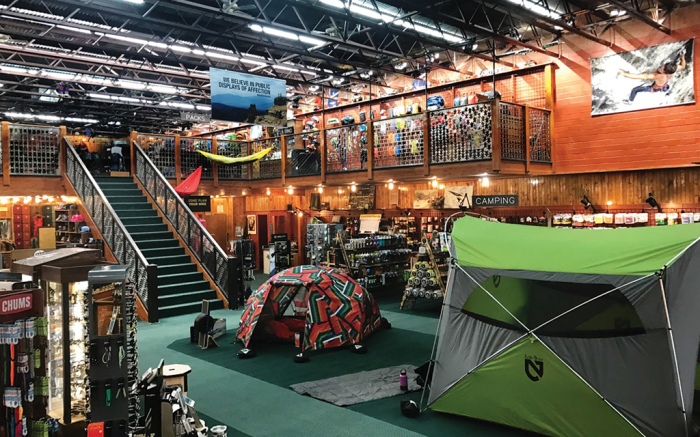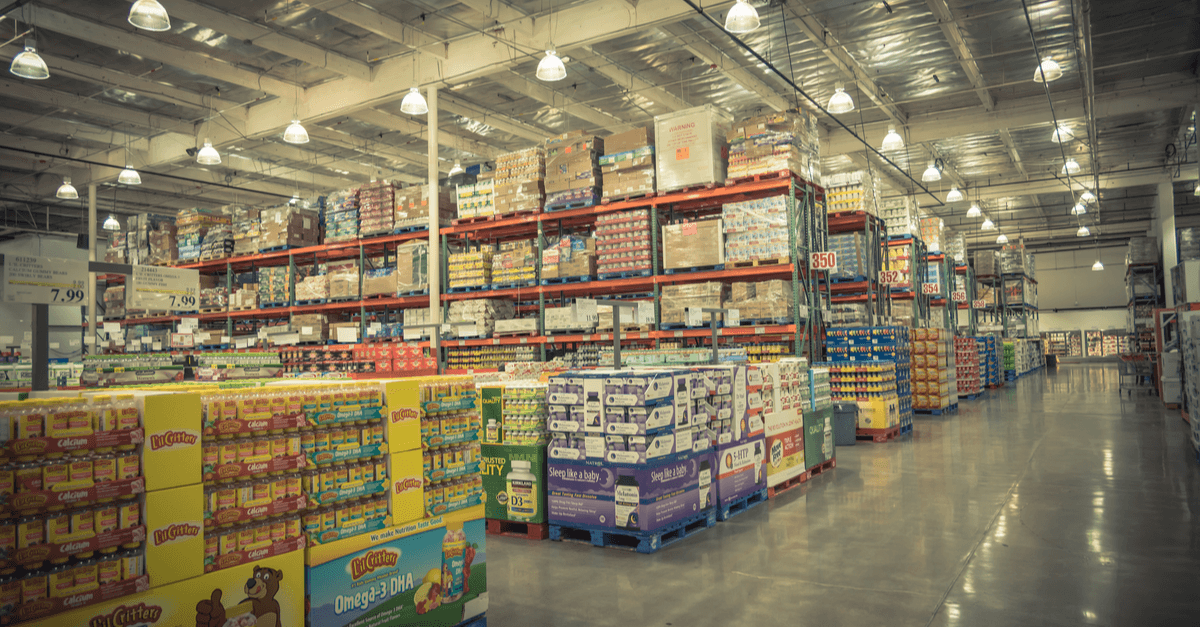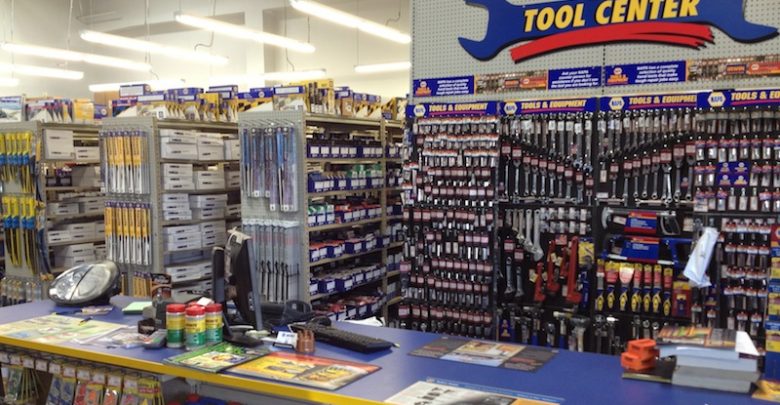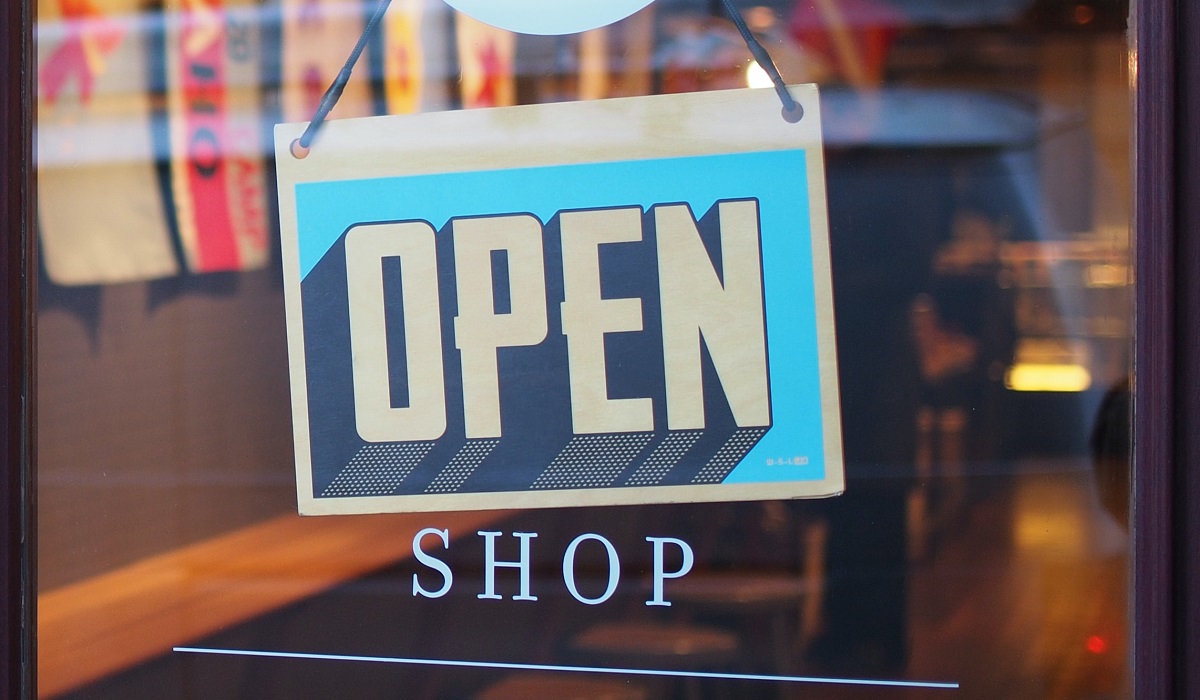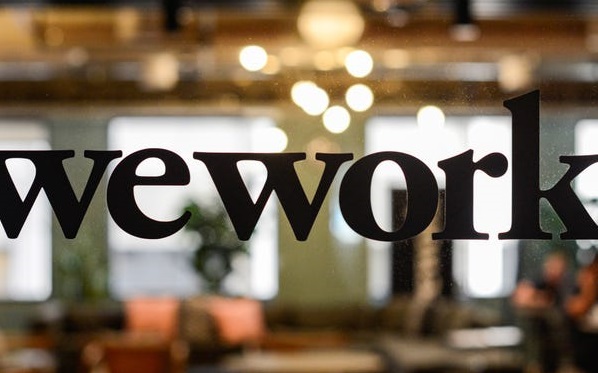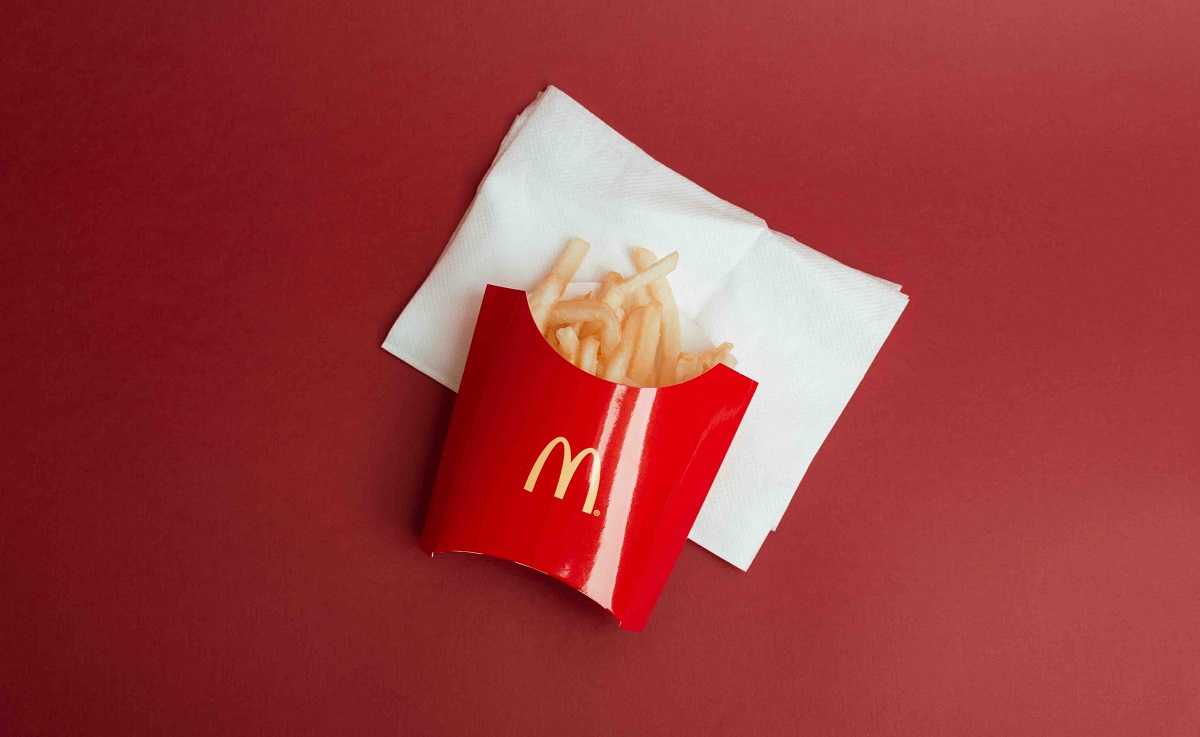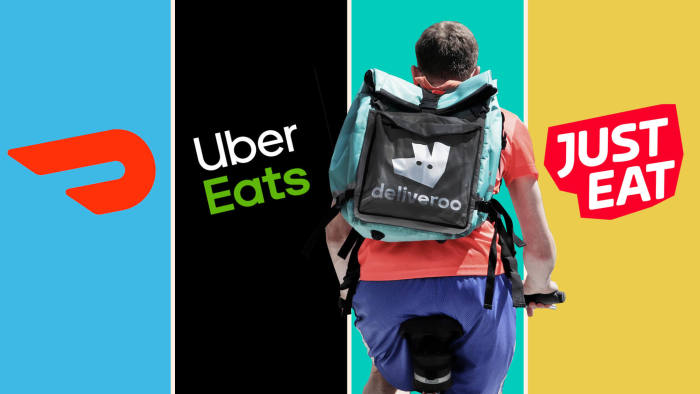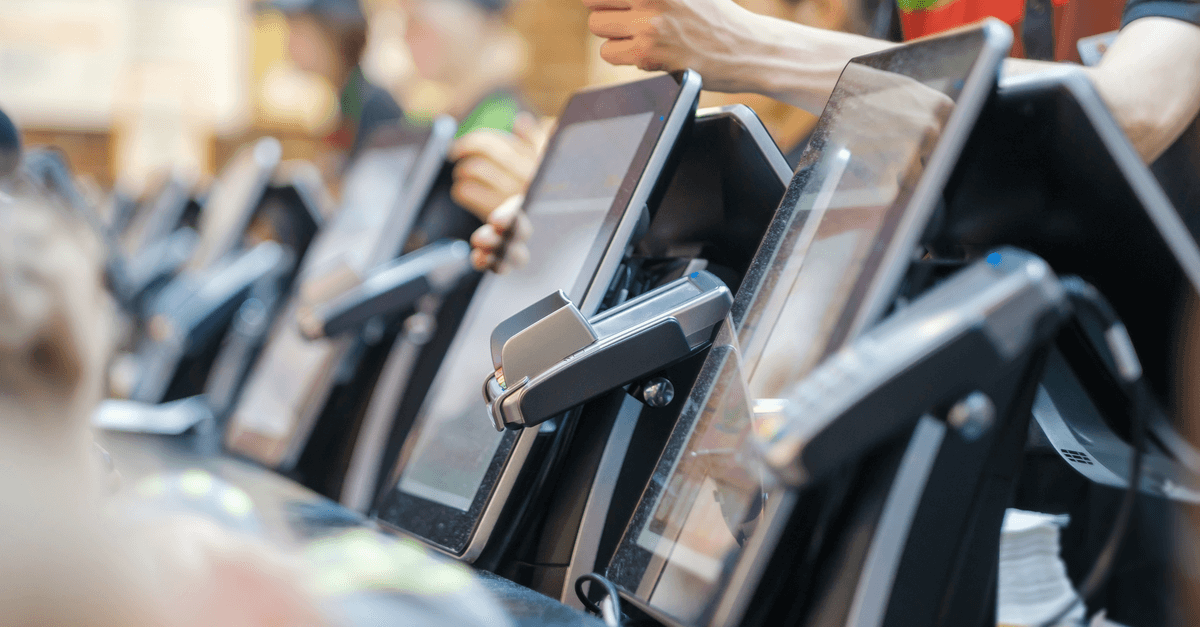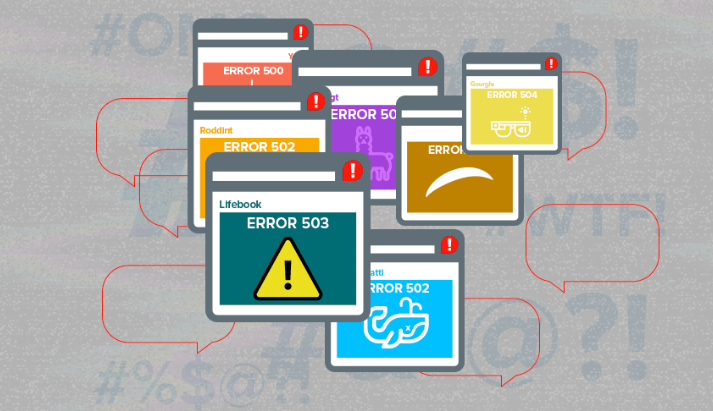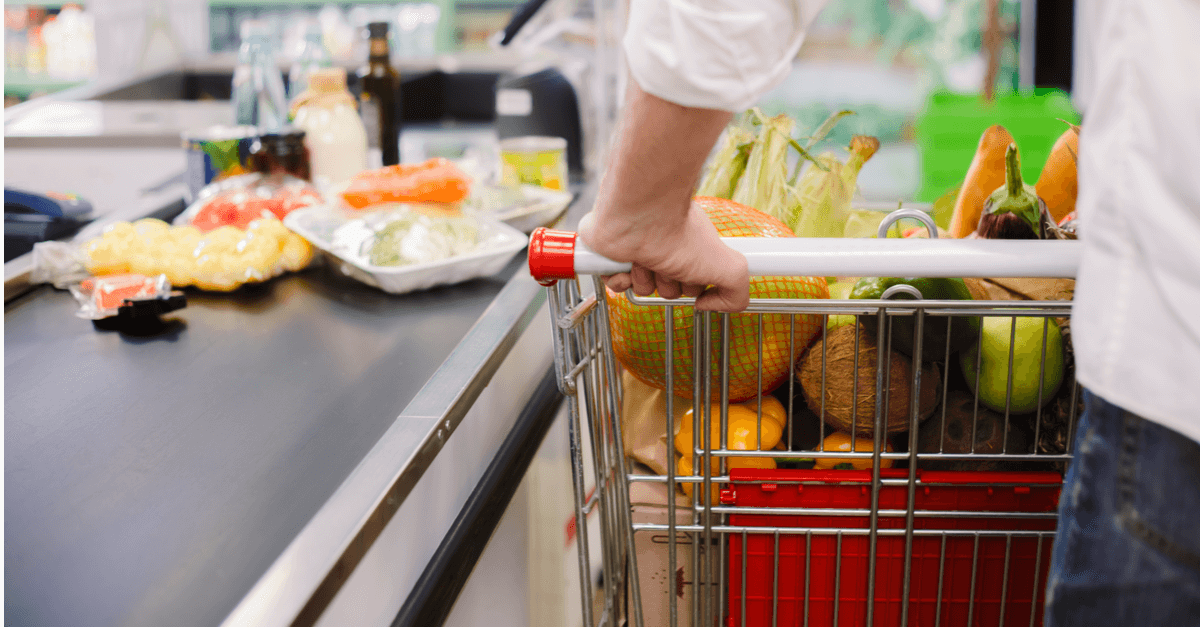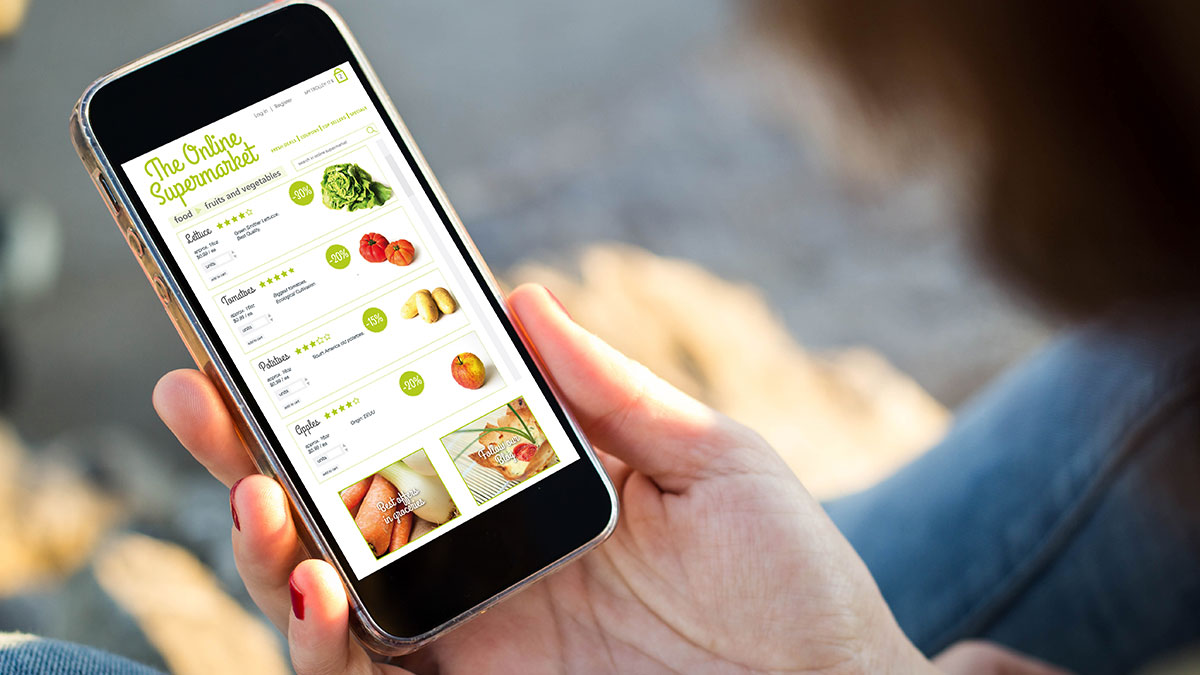XR hardware and consumer software revenue is now projected to reach $6.9B in 2020, up from a prior estimate of $6.3B. Popular VR headsets were hard to come by in Q2 as COVID-19 disrupted supply chains just as consumer demand for in-home entertainment rose. Continued strong demand, combined with new headsets launching in the second half of the year like the HP Reverb G2, mean VR hardware earnings are expected to generate $2.5B in 2020 and rise slightly year-over-year.
Domestic travel hit its lowest COVID levels in mid-April. As people came out from their homes, local exploration was on the rise. Now, with the recent surge in COVID cases, time spent traveling is dropping once again. Here we share how this turbulent ride is impacting travel advertising.
Specialty outdoor retailers are showing strong recovery amidst slower growth in the retail sector. In spite of national park restrictions and summer camp closures due to COVID-19, the second quarter of 2020 saw year-over-year sales growth skyrocket for fishing, hunting, and boating companies, as U.S. consumers sought safer ways to enjoy their free time.
Overall earnings were up 3% from May ($10.2B) and 9% over June 2019 ($9.6B). Both PC and console revenue were down from their 2020 peaks set in March. This was offset by growth in mobile revenue, which hit an all-time high. Mobile game spending typically sees a boost in the summer months, and this seasonal growth was likely further bolstered by the limited availability of other entertainment options due to COVID-19.
The wholesale sector has been so thoroughly dominated by Costco in recent years, that one can be forgiven for ignoring other players in the space. Yet, Sam’s Club has been on the rise and BJ’s Wholesale has seen a massive surge since the start of the pandemic. So, has the space gotten more competitive with Costco seeing downturns in visits for the first time in years? Can the giant recover considering it still operates heavily in some of the hardest-hit states?
As we prepare for a large swath of companies to report earnings in the next few weeks, LinkUp decided to take a look at jobs data to see if we could find an indication of what to expect. To start, we selected a handful of stocks whose 10 day average of active jobs have shown movement either up or down over the past 30 days.
In this Placer Bytes, we break down Tractor Supply’s surge, Chipotle’s post-shutdown status, and the potential of some of Bloomin’ Brands’ top assets. Tractor Supply did not kick off 2020 with the strongest start, but the company’s pandemic and recovery performance have been especially impressive. Even with the difficulties created by the COVID pandemic, the brand has seen four out of six months in 2020 with year-over-year visit growth including massive jumps of 31.6% and 19.9% in May and June, respectively.
The blows to the US retail sector continue. Well-known names declaring bankruptcy include Neiman Marcus, JC Penny, J. Crew, Tuesday Morning and GNC. More recently, Lucky Brand, Brooks Brothers, and Sure La Table have joined the list. One analysis is even suggesting the recent COVID-19-induced hit to retail is worse than that experienced during the Great Recession.
Once regarded as one of the most highly valued unicorn companies, the last year has been a rough ride for co-working giant WeWork. In an interesting turn of events, Executive Chairman Marcelo Claure revealed in a recent interview that the long beleaguered company is on a faster track to profitability than once thought. Claure, the former Sprint CEO who joined WeWork’s parent company SoftBank in 2018, told the Financial Times that WeWork expects to be cash-flow positive in 2021, a first stop on the road to turning actual profits.
I used to eat fast food nearly everyday growing up. Luckily, I turned out okay, and now I only indulge once in a while. But when the quarantine first hit, you better believe I got in the McDonald's drive-thru line and risked it all for a McFlurry. Mobile app data, thankfully, reassured me that I wasn't alone. In March, at the start of quarantine, the top fast-food apps in the U.S. took a very small hit, with app downloads declining almost 9% month-over-month.
When many Americans sheltered in their homes early in the coronavirus pandemic, meal delivery sales reached new heights. Our data reveals that, through the end of June, sales for meal delivery services more than doubled year-over-year, collectively. Shelter-in-place orders may also be driving more Americans to make their first meal delivery purchase. In May, 29 percent of American consumers had ever ordered from one of the services in our analysis, up from 23 percent a year ago.
Every quarter we look at the IAB 250 Direct Brands to Watch, and using our unique datasets and methodology to analyze the website traffic and growth of these sites we put together a list of the 25 fastest-growing direct-to-consumer (D2C) brands.
On the whole, June was a significant step forward for the wider fast food industry, but the month did show signs that leading brands may not be in the clear just yet. Analyzing eight top brands across the fast-food sector saw June bring a further push to the overall sector’s recovery. The group saw an average year-over-year decline of 27.1% in June, a significant improvement on visits that were down an average of 37.3% year over year in May and 54.4% at the pandemic’s shutdown peak in April.
Australia’s advertising market has been devastated by the COVID pandemic, with SMI reporting record declines in monthly year-on-year ad spend in April and then again in May. But our forwards data clearly shows the market has begun to improve and we’re now providing more detail to help media position themselves for the upswing.
When U.S. cities and states faced shelter-in-place orders to limit the spread of the coronavirus, Americans’ reduced mobility resulted in plummeting sales at rideshare companies. Though rideshare is beginning to bounce back, in June, Uber and Lyft sales were down 78 percent and 75 percent, respectively, year-over-year.
With Covid-19 changing the ways in which U.S. audiences are using online tools for socialization and work, we are also seeing large shifts in engagement with conferencing and collaboration tools. This blog post examines trends in collaboration platforms to find insights for the industry. It is estimated that American workers typically spend 220 million minutes per month just in meetings.
Over the past few months COVID-19 has brought the world to a startling halt. Across Canada, strict lockdown measures in mid-March forced Canadians to stay home. We saw the cancellation of all sporting and live events, the closure of bricks and mortar store fronts, and a significant impact to the economy.
“Try again later” was a phrase that frustrated users all over the world during the multiple online service outages in Q2 2020. Analyzing Downdetector data from Q2 2020, we focused on user-reported service disruptions in five categories: social media, communications service providers, collaboration platforms, gaming and financial institutions.
There are few sectors as central to the retail experience as grocery chains, and the wider space experienced a unique form of upheaval because of the pandemic. We dove into June data to get a sense of the pace of recovery, and which brands are well-positioned for the months to come. Spoiler – we also dug into early July.
For grocery shopping, online ordering for both pick-up and delivery was growing before the crisis. As consumers looked to minimize exposure outside of their homes during the pandemic, this trend picked up considerable momentum. By mid-April, online grocery buying was about 77% higher than before the crisis and in May, 40% ordered groceries online for delivery or carry-out compared to 28% same month year ago.
